The United Arab Emirates, a land often associated with vast deserts and towering skyscrapers, holds a lesser-known but equally fascinating heritage—its pearl diving tradition. Long before the discovery of oil transformed the region, the UAE's economy thrived on the natural pearls harvested from the warm waters of the Arabian Gulf. These lustrous gems, known as Emirati pearls, were once the lifeblood of coastal communities, shaping their culture, trade, and way of life.
The art of pearl diving in the UAE dates back thousands of years, with archaeological evidence suggesting that the trade flourished as early as the 7th millennium BCE. The pearls from this region were highly prized across the ancient world, finding their way to markets in Mesopotamia, India, and even the Roman Empire. Unlike cultured pearls, which are farmed today, Emirati pearls were entirely natural, formed by chance within the wild oysters of the Gulf. Their rarity and unique luster made them symbols of wealth and prestige.
The pearl diving season, known as "Ghous," was a defining feature of Emirati life. From May to September, when the waters were calm and the oysters plentiful, divers would embark on perilous journeys aboard wooden dhows. These expeditions, often lasting months, required immense skill and endurance. Divers would descend to depths of up to 30 meters, armed with nothing but a nose clip, a knife, and a basket to collect oysters. The dangers were many—decompression sickness, shark attacks, and drowning were constant threats. Yet, the promise of finding a perfect pearl kept the tradition alive for generations.
The social and economic fabric of the UAE was deeply intertwined with pearl diving. Entire villages relied on the trade, with men diving for pearls and women sorting and cleaning the harvest. The wealth generated from pearl sales funded the construction of homes, mosques, and even early infrastructure. Pearls also played a central role in diplomacy and gift-giving among Gulf rulers, cementing alliances and fostering trade relationships. The decline of the industry in the early 20th century, due to the advent of cultured pearls and the discovery of oil, marked the end of an era. However, the legacy of pearl diving remains a source of national pride.
Today, the UAE is reviving its pearl heritage through cultural initiatives and sustainable practices. Museums like the Sharjah Maritime Museum and the Dubai Pearl Museum showcase artifacts and stories from the golden age of pearl diving. Modern Emirati jewelers are also reintroducing natural pearls into high-end markets, emphasizing their ethical and historical value. Meanwhile, eco-tourism projects offer visitors a glimpse into the traditional methods of pearl harvesting, ensuring that this ancient craft is not forgotten.
The allure of Emirati pearls lies not just in their beauty but in the stories they carry. Each pearl is a testament to the resilience and ingenuity of the UAE's ancestors, who braved the sea's uncertainties to secure their future. As the nation continues to innovate and diversify its economy, the pearl remains a powerful symbol of its enduring connection to the sea and its rich cultural past. Whether adorning a piece of jewelry or displayed in a museum, these pearls continue to captivate, reminding us of a time when the UAE's fortunes were shaped by the treasures of the deep.

By Grace Cox/Apr 28, 2025
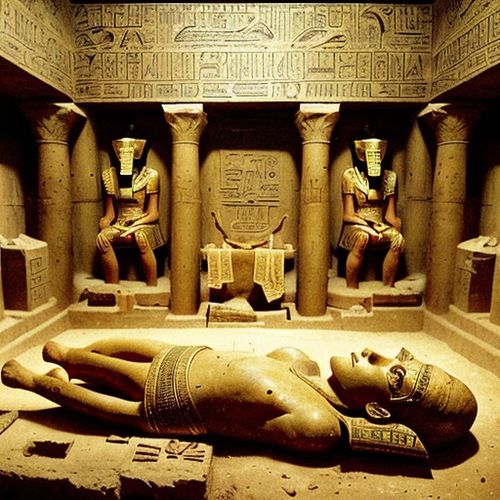
By Emma Thompson/Apr 28, 2025

By Christopher Harris/Apr 28, 2025
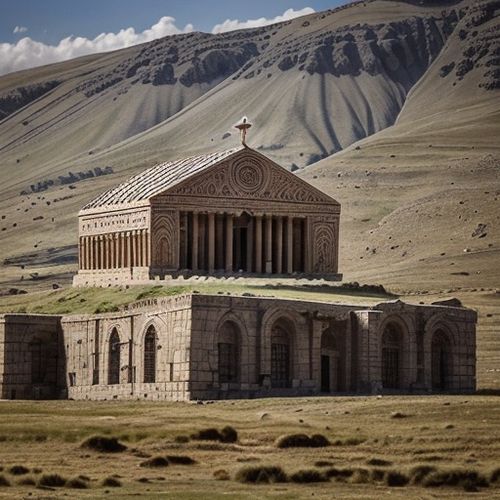
By Lily Simpson/Apr 28, 2025

By Olivia Reed/Apr 28, 2025

By Christopher Harris/Apr 28, 2025

By Amanda Phillips/Apr 28, 2025

By Daniel Scott/Apr 28, 2025

By Jessica Lee/Apr 28, 2025

By James Moore/Apr 28, 2025
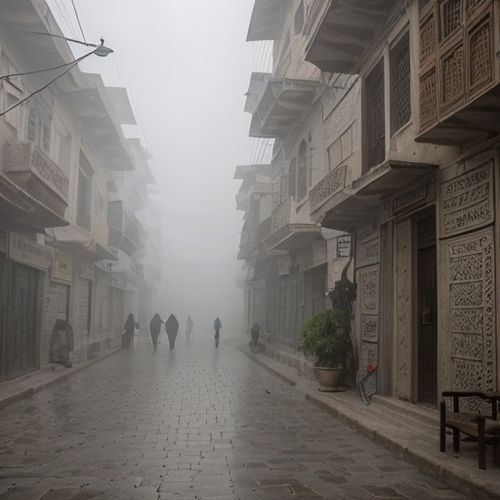
By Grace Cox/Apr 28, 2025

By Emily Johnson/Apr 28, 2025
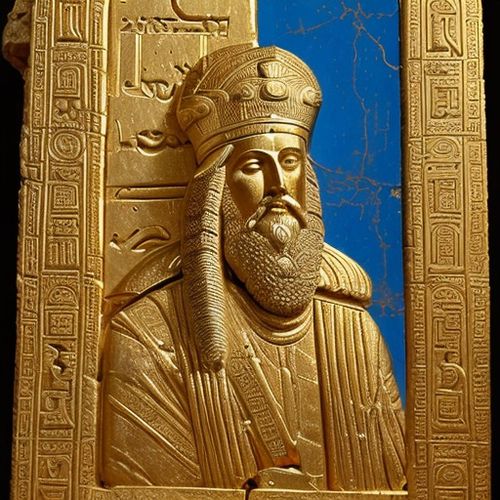
By Thomas Roberts/Apr 28, 2025
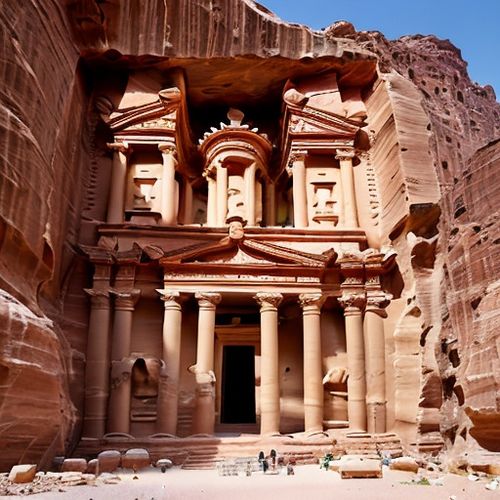
By Amanda Phillips/Apr 28, 2025

By Daniel Scott/Apr 28, 2025
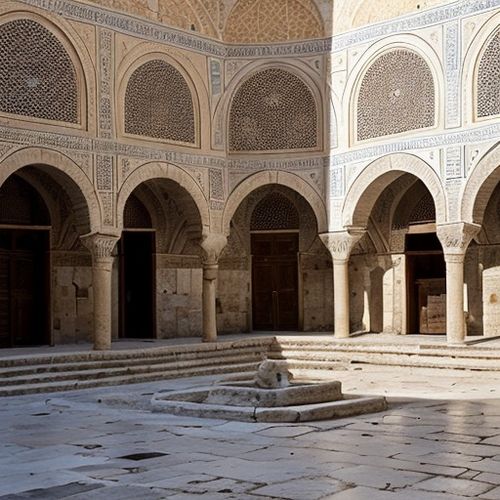
By William Miller/Apr 28, 2025
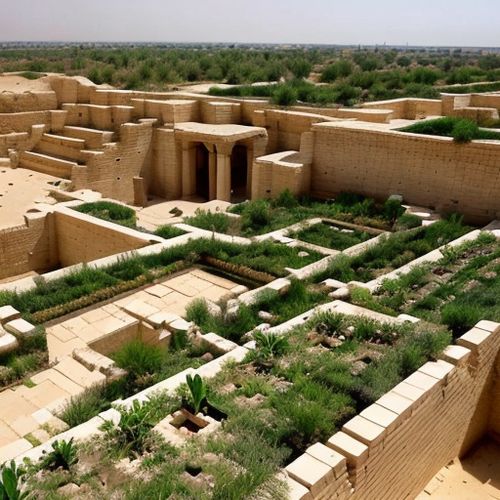
By Joshua Howard/Apr 28, 2025

By Amanda Phillips/Apr 28, 2025

By Natalie Campbell/Apr 28, 2025
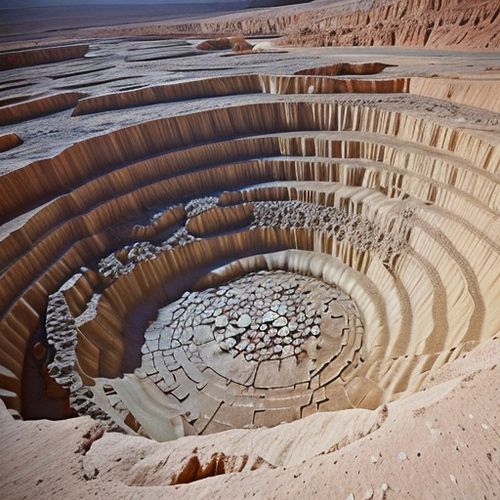
By Natalie Campbell/Apr 28, 2025